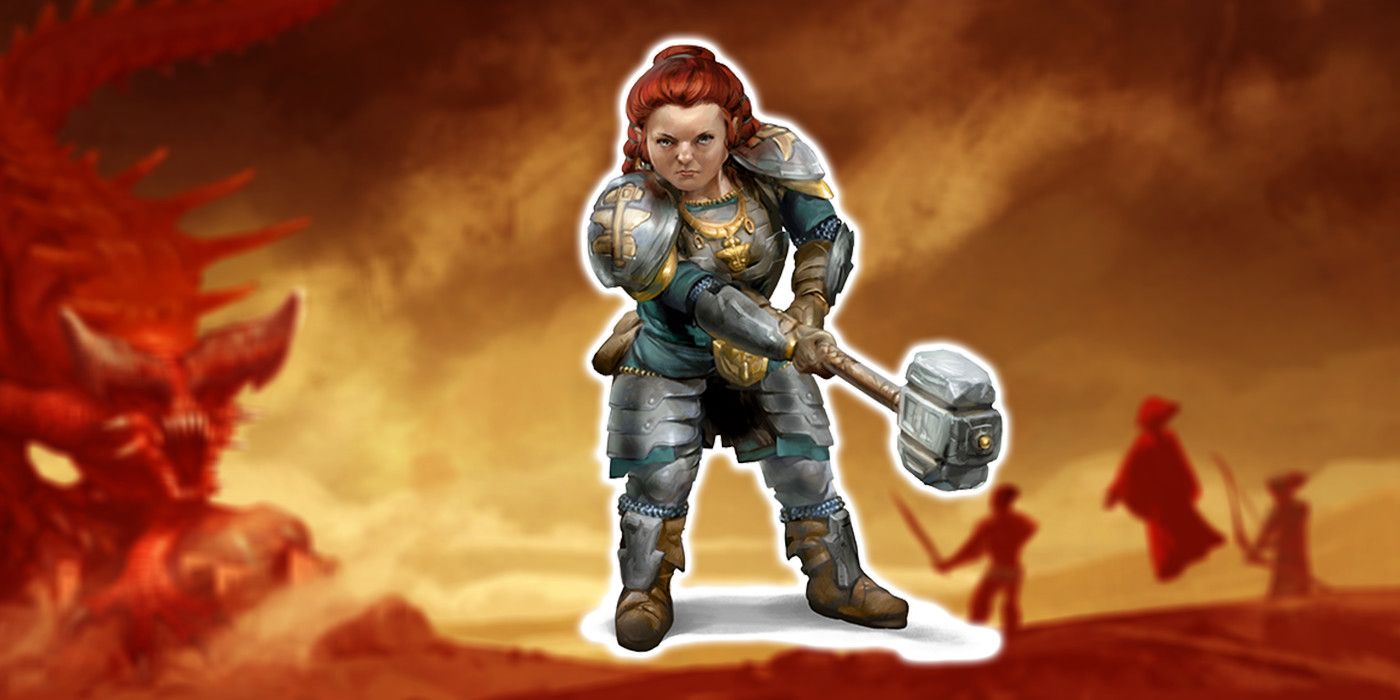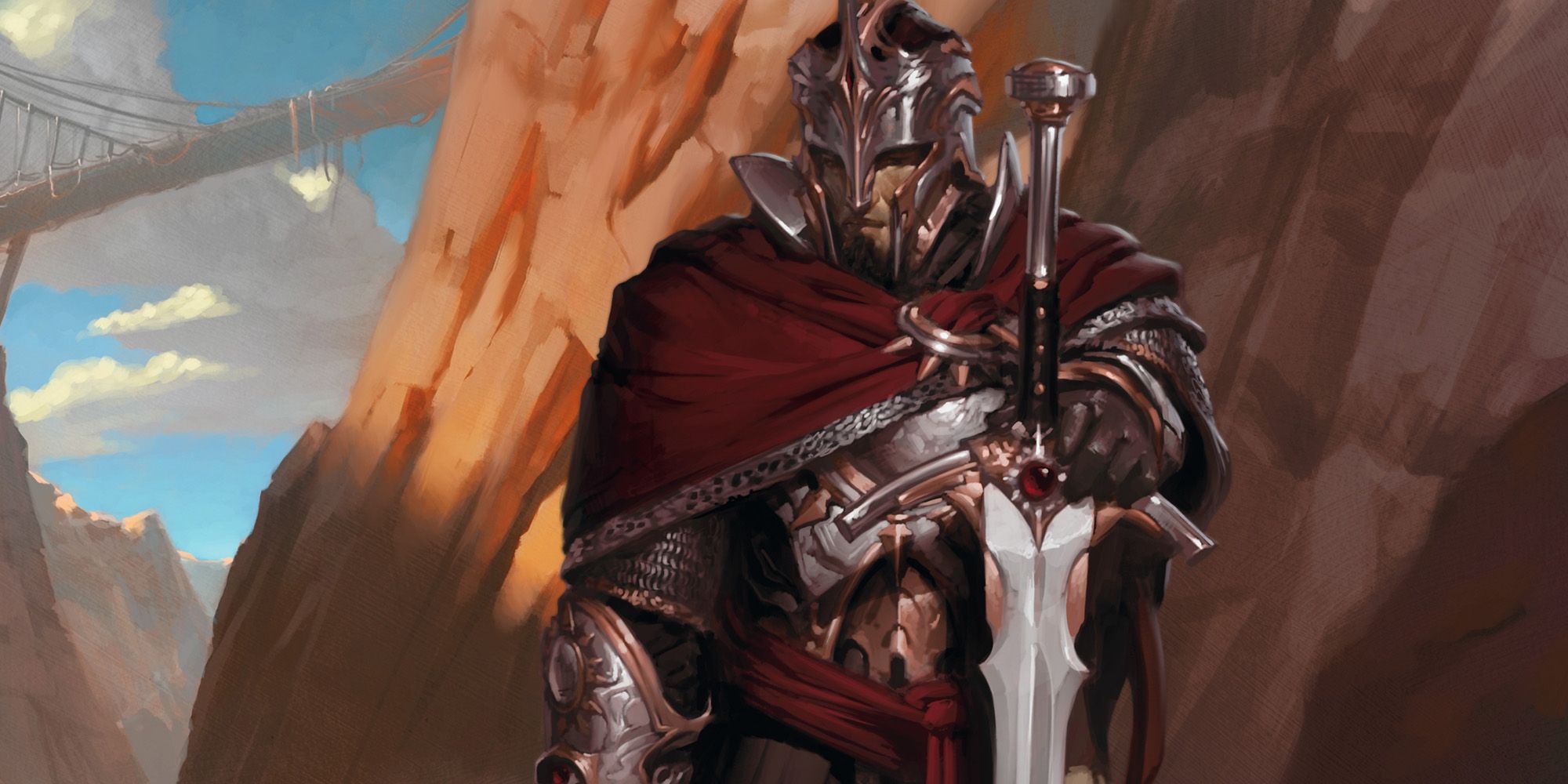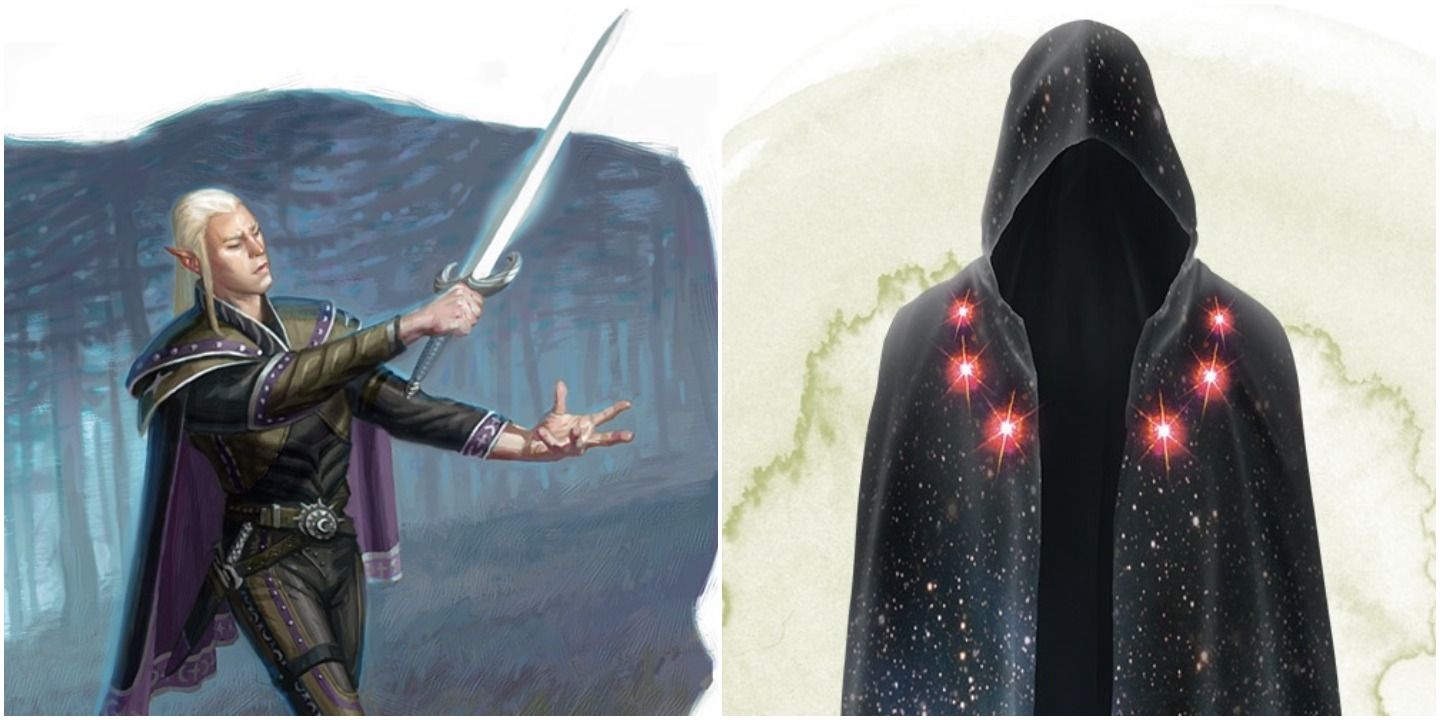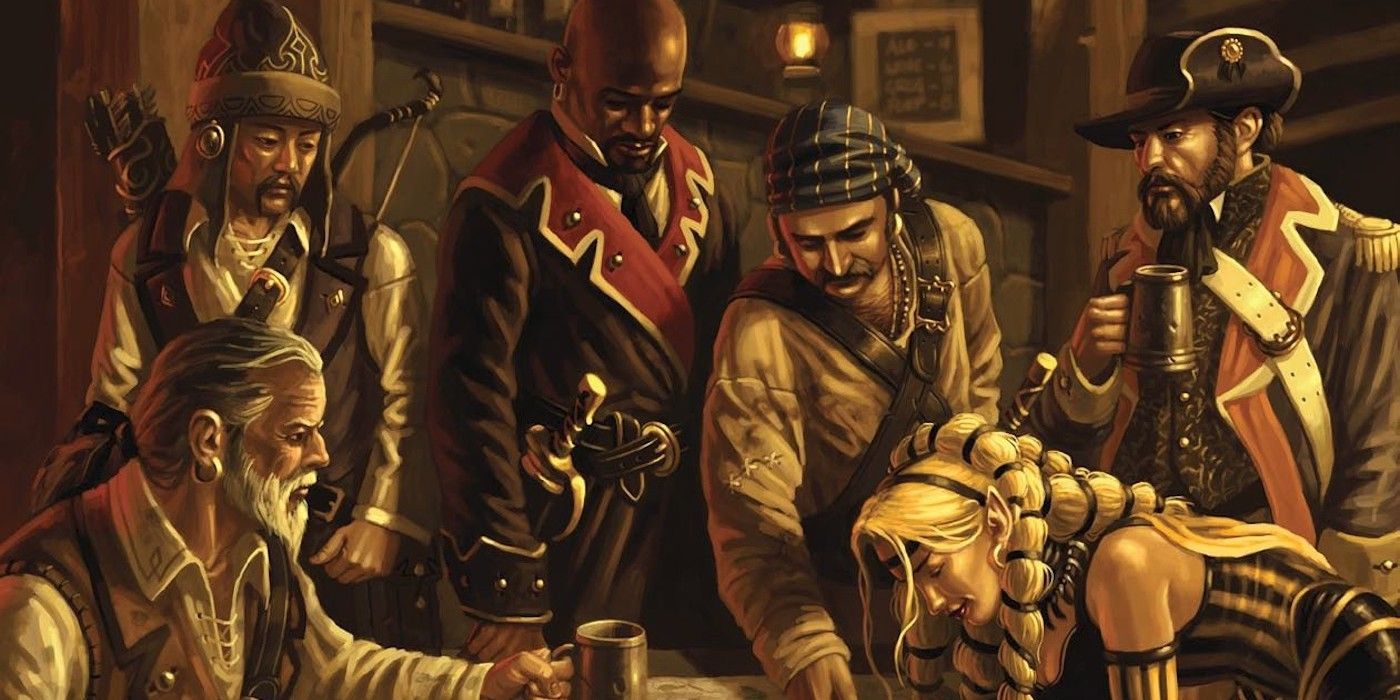
Party composition in Dungeons & Dragons is essential to maintain balance. This means that it can also be restrictive to players who want the freedom to design their character more-so around roleplay rather than combat. New players might also feel limited or intimidated by having to work their first character into an optimal party composition.
One of the most important party roles for a strong and optimal party is the tank. As the name implies, the tank is a party member responsible for taking damage from enemies and ensuring that dangerous targets aren't able to attack the lower health members in the party. Tanks can be a vital part of keeping the party alive, and if a party ends up lacking one, it can lead to some pretty deadly situations. Luckily, there are a few strategies that Dungeon Masters can employ to help a tank-less team survive.

One of the easiest ways a DM can help a party lacking a tank is to give them an NPC to fill that particular role. There are quite a few online resources that'll help a DM quickly build a character to run alongside the party. Barbarians, Fighters and Paladins make great tanks, though there's plenty of other classes that can be built to fill the role. The Dungeon Master's Guide also includes some simple premade stat blocks for generic humanoid characters that can work in a pinch.
If DMs want a bit more of a creative character to play, they could always use a Monster Manual creature. This can open up tons of storytelling options surrounding the creature, especially if DMs pick an unconventional creature to fit with the party. DMs should make sure to keep balance in mind, using the party's CR as a basis. Bears, golems and minotaurs all make decent tanks for a lower-level party.
Regardless if DMs pick a humanoid or a monster to fill the tank role, DMs should make sure ahead of time that they know how they're going to play the NPC. Being too invasive during combat could be seen as railroading the party. Typically, if an NPC was created to fit a certain role, they should stick to filling that specific role. A tank should focus on taking aggression from high-damage enemies, ensuring that the party's lower-health members don't end up being focused by enemies.

Magic items are a great way to give a player some tank-like abilities or buff them to fill a tank's role. Magic shields are good things to look at first, especially if there's already a character in the party who uses them. The Arrow-Catching Shield from the Dungeon Master's Guide is a good example, as it can help protect characters from ranged attacks. An Animated Shield, which lets a character speak a command word to have the shield float in front of them, could also be given to a character who has proficiency with shields but still needs that second hand for other attacks or abilities.
If DMs face a situation where a majority of their players are using spellcaster classes and thus can't use armor or shields, there are still a few magical items that could come in handy. Countless different magic items can either increase a character's defense or provide them with some unique defensive options. Don't forget to look at potions and spell scrolls as well, as they can also be used as supplements to a tank.

With the sheer amount of content in D&D 5e, every class has been given a unique amount of versatility that lets them be played in tons of different ways. Most spellcasters will probably have a few spells they could pick to help the party in tough situations that would normally be fixed with a tank. Even martial classes can be altered with the variant abilities that have been added through Unearthed Arcana content.
In truth, if the party knows their class's strengths and limitations, they should be able to work around the lack of a tank. A DM should usually only intervene if the players cannot protect themselves in combat or have come close to losing characters. Whilst it could be argued that a poor party composition falls on the players, the role of a DM is to enjoy the game and help keep the game fun for everyone else involved.
0 Comments